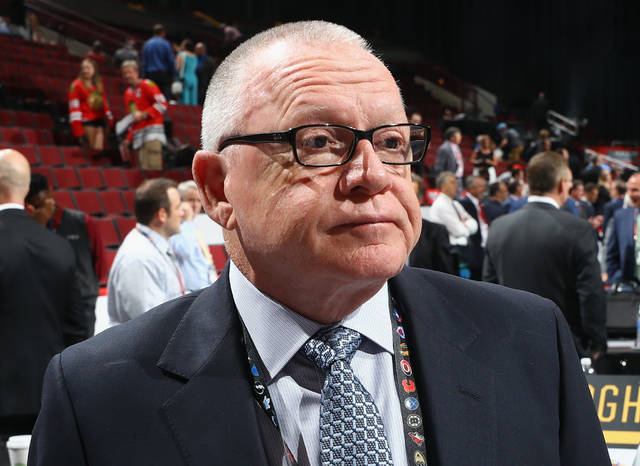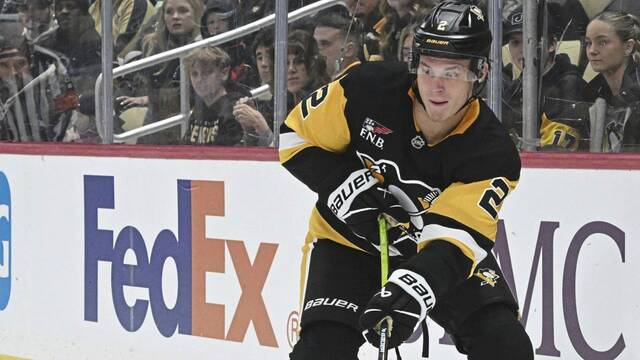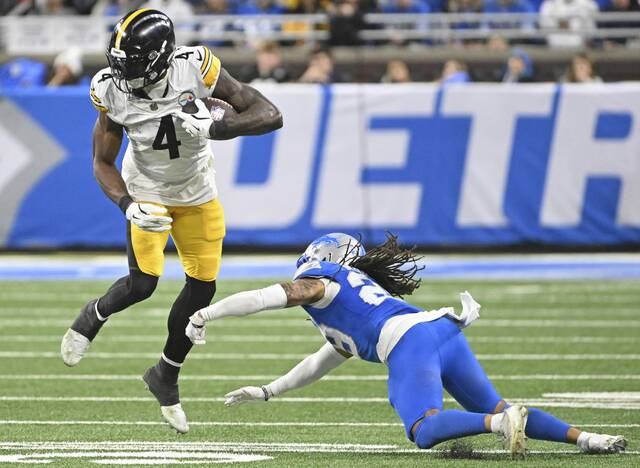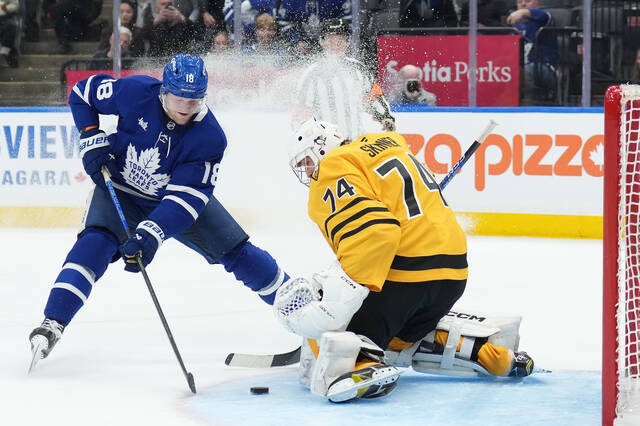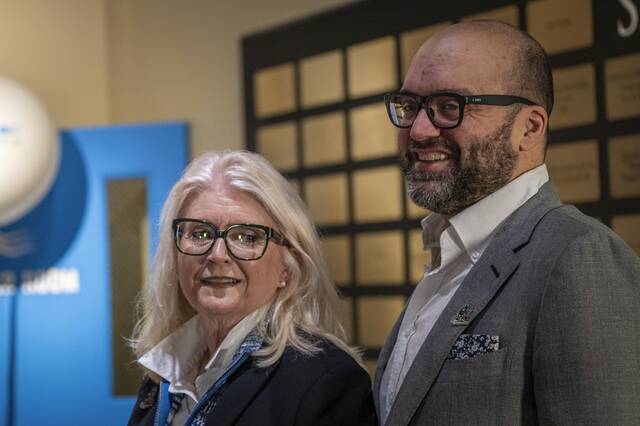The Penguins have not made a trade since sending defenseman Olli Maatta to Chicago a week ago.
General manager Jim Rutherford has backed off talk about dealing members of the team’s core who aren’t Sidney Crosby.
Can the Penguins contend if Rutherford tinkers in minor fashion but mostly stands pat?
Sure. St. Louis went from last place overall to the Stanley Cup in five months. The Penguins can go from being swept in the first round of the playoffs to much greater accomplishment. Raw talent gives them that chance.
But their core is aging. That doesn’t help.
Their speed is diminishing. That doesn’t help.
They may be too stubborn. That won’t help.
But their roster is fine. Social media’s echo chamber wants retribution for that postseason humiliation, but that’s not how it works. It’s not about ditching players to avenge disappointment on some Twitter geek’s behalf. It’s about moving forward.
Phil Kessel continuing to play for Pittsburgh would be awkward. (I’m not convinced Kessel will be back.)
But Kessel should feel least awkward of those concerned, because he will have dictated his return. He vetoed a trade to Minnesota, as was his contractual right. The eight teams he’s willing to go to don’t want him.
If anyone’s being held hostage in that situation, it’s the Penguins.
Kessel might not be happy initially, but he seems to enjoy being unhappy. He will play exactly like always, and hopefully improve at certain elements. Kessel’s a pro.
Rutherford hasn’t traded one of the Penguins’ core — and likely won’t — because it’s too difficult to get proper return.
Evgeni Malkin ($9.5 million) and Kris Letang ($7.25 million) have cap hits that are bargains to the Penguins, and by the standard of the day.
But those figures aren’t small. Few teams could afford to jam one of those numbers under their cap. To do so, they would want to send a corresponding cap hit back. But the Penguins would be looking for younger, cheaper players. Prospects, too.
Most of the teams that could absorb such a cap hit aren’t contenders. Why would they want Malkin or Letang at their ages?
The Penguins, meanwhile, would find it impossible to replace what Malkin and Letang do.
Malkin is a premier talent who must look at his flaws from 2018-19 and press the reset button. Letang finished sixth in Norris Trophy balloting. Both are still top-end players, even at 32. If you compare their paychecks to their workload and contribution, both should be untouchable.
If you want evidence of how problematic it is to get rid of a big cap hit, consider Saturday’s deal between Toronto and Carolina. The Leafs need cap space to re-sign key young players (most notably Mitch Marner), so they gave Carolina a first-round pick to take 39-year-old Patrick Marleau and his $6.25 million cap number off their hands. (Marleau will be bought out by the Hurricanes.)
Some minor parts could move.
Dominik Kahun might nudge Bryan Rust to a new team — though it makes little sense for a team that wants to be based on speed to trade one of its fastest players.
Justin Schultz has a year left on his contract and figures to be too expensive to extend. He could move. But the Penguins want three right-handed defensemen. If Schultz gets dealt, Chad Ruhwedel isn’t a ready full-time replacement.
Rutherford would doubtless like to move the onerous contracts of Patric Hornqvist and Jack Johnson. But who would take them? The Penguins just have to get the best they can out of both. Almost every team has a player or two like that.
Rutherford is an accomplished trader.
But unless he wants to dump players for cap purposes, it’s not easy for him to make deals. Even then, the various movement clauses in many of his players’ contracts limit him.
If the Penguins ride with their core, they could go splat. Like Chicago and the Los Angeles Kings did.
But, since they might not have a choice, they must change how they play.
Nobody expects the Penguins to trap, or otherwise turn conservative.
But let’s use their philosophy of defensemen frequently pinching down the boards in the offensive zone as an example. Keep doing it, except:
• Set parameters. Consider score and situation, and the likelihood of winning the pinch.
• Tell the defensemen to primarily play the body when pinching. If the puck gets by, one less opposition player is able to join the rush.
• When a defenseman pinches, a forward automatically rotates behind him. Don’t linger in no-man’s-land assuming the puck turns over.
You’re still pinching. You’re just doing it a little smarter, and a little less. It’s not a change, it’s an adjustment. It takes into account where the Penguins are at speed-wise: Still fast, but no longer the fastest. Odd-man breaks against would be cut down.
Doing that is reasonable.
If the Penguins play exactly the same, that’s stubborn on the part of the coaches and players. Ego-driven, too.
That’s when the Penguins go splat, and when coach Mike Sullivan morphs into Dan Bylsma.
Mark Madden hosts a radio show 3-6 p.m. weekdays on WXDX-FM (105.9).


